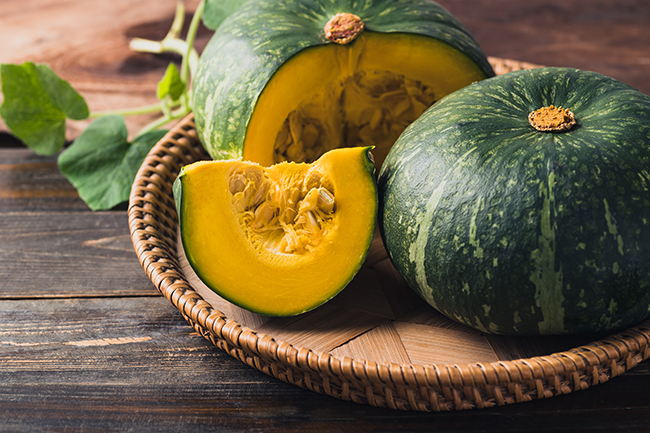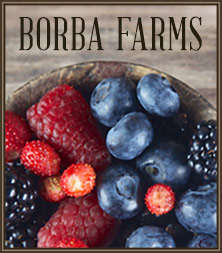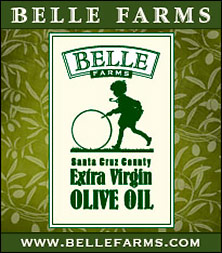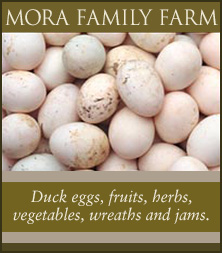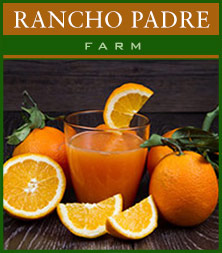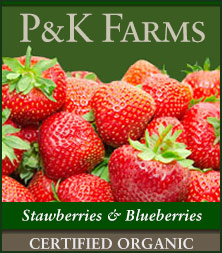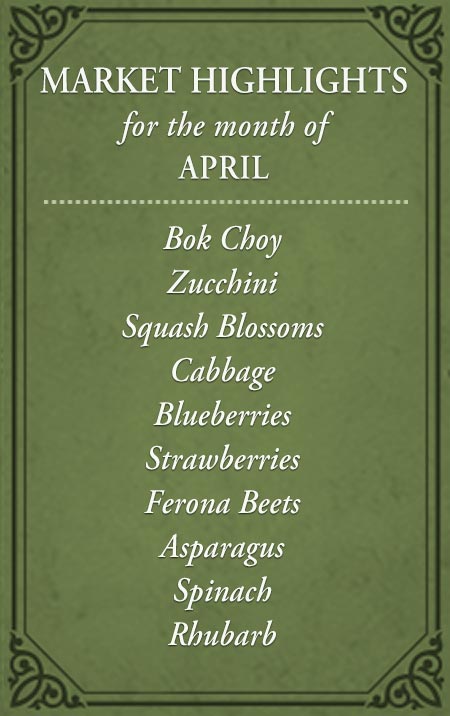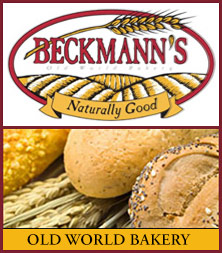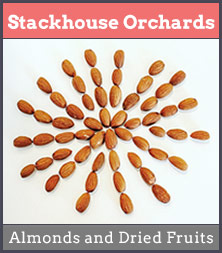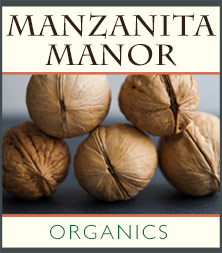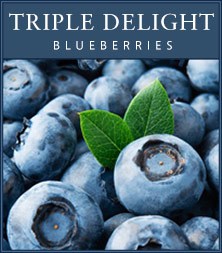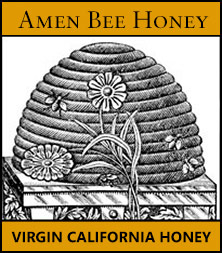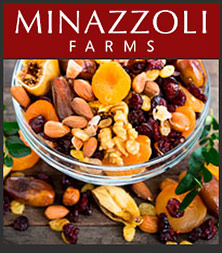Peeling and cutting thick, tough-skinned winter squashes can be challenging, even for a chef! Here are some tips:
- To remove the stem, use the back of the knife or cleaver closest to the handle, or use a mallet to knock it loose.
- When cutting the squash, see if the skin is really slick. If it is, put something under it (like a thick towel) to keep it from skittering away as you cut it, which can be really dangerous.
- Score the squash deeply with a utility knife to form a “track” for my knife to follow.
- Use a knife with a thick spine, or back, or a cleaver to cut the squash. If you need to use a mallet, use a rubber one or pad the blade. Tap the mallet at the point where the blade and handle meet – DO NOT bang away as on a forge. If you do not have a mallet, lift the squash a little and thump it on the cutting surface to try to drive the knife through.
- If you need to pull the knife from the squash because it seems stuck, be REALLY careful! This is where accidents frequently happen.
- Sometimes, I have scored the squash, then driven screwdrivers and a chisel into the score and popped the squash open. It wasn’t a perfect cut, but hey – it did the job!
For peeling, use a sturdy swivel peeler for hard-skinned chunks. For butternut, I cut off the ends, then the bulbous part, and then stand it on end. I use a thin bladed, very sharp, paring knife to slice away the skin from top to bottom. You can also do this with round squash you have halved. You are frequently better off just roasting the squash skin on, then peeling it when done.
- Peel away from you, and try to place the piece you are working on a firm steady surface.
- Use a melon-baller, ice cream scoop, or sturdy handled spoon to scoop out seeds.
- Using an atomizer is a great way to uniformly oil the inside of your squash. If you don’t have one, oil your hand and then rub the oil on the squash. If you pour oil directly onto the surface of the squash, you may be surprised to see it all get sucked up where you poured it.
- Roasted, peeled, and smashed pumpkin (and other squash) freeze well. Instead of buying cans of pumpkin, consider putting some up yourself. See: How to Make Fresh Pumpkin Purée



